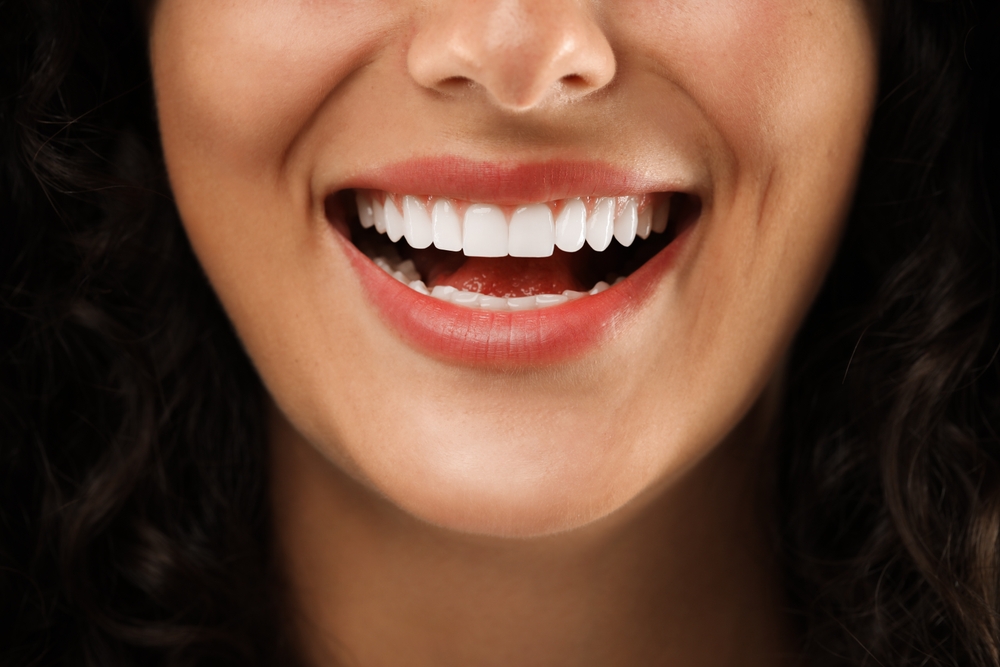At BlueJay Family Dental in Council Bluffs, IA, many patients are curious about teeth whitening and whether it’s the right option for enhancing their smiles. With so many products and treatments on the market, it’s important to understand what teeth whitening is, how it works, and whether it fits your specific dental needs. Dr. Steven Fidone believes that informed patients make better decisions for their oral health. This blog will break down everything you need to know about teeth whitening so you can make an educated choice.

Understanding How Teeth Whitening Works
Teeth whitening is a cosmetic dental procedure that aims to remove stains and discoloration from the surface of the teeth. Most whitening systems use peroxide-based agents—either hydrogen peroxide or carbamide peroxide—to bleach the enamel and lighten the color of the teeth. These agents break down stains into smaller molecules, making them less visible and giving teeth a brighter appearance.
There are various methods available, ranging from over-the-counter strips and whitening toothpastes to professional in-office treatments. While they all aim for the same goal, their effectiveness and safety can vary significantly. Over-the-counter products typically have lower concentrations of bleaching agents and may require weeks of consistent use. In contrast, professional treatments, under dental supervision, tend to provide faster and more uniform results. Still, knowing how the chemistry works helps you weigh the risks and benefits of each method.
Common Causes of Tooth Discoloration
Before considering whitening, it’s helpful to understand why your teeth may have become discolored. Discoloration can stem from both external and internal sources. External staining, or extrinsic staining, typically comes from foods, drinks, or habits such as coffee, tea, red wine, and smoking. These stains usually affect the outer enamel and are often the easiest to treat with whitening products.
On the other hand, internal or intrinsic stains affect the dentin, the inner structure of the tooth. These can be caused by certain medications, trauma, or excessive fluoride exposure during tooth development. Intrinsic stains are often more resistant to whitening treatments and may require alternative cosmetic procedures like veneers or bonding to achieve the desired aesthetic effect. Understanding the cause of your discoloration can help determine if whitening will be effective or if other options should be explored.
Who Makes a Good Candidate for Teeth Whitening?
Teeth whitening is generally safe for many adults, but it isn’t right for everyone. The best candidates typically have healthy teeth and gums with extrinsic stains caused by lifestyle habits or aging. Whitening works most effectively on yellow-toned teeth, while grayish or brown discolorations can be more difficult to treat. People with dental restorations like crowns, veneers, or fillings should also consider that these materials will not respond to whitening agents and may lead to uneven coloration.
It’s also important to take gum and tooth sensitivity into account. Some patients experience heightened sensitivity after whitening, particularly with stronger peroxide concentrations. If you already have sensitive teeth or gum recession, your dentist may recommend alternative methods or suggest a custom approach that minimizes discomfort. Always consult a dental professional to assess whether your oral health supports a whitening treatment plan.
Potential Risks and Side Effects
Like any cosmetic procedure, teeth whitening does carry some risks. The most common side effects include tooth sensitivity and gum irritation. These effects are usually temporary, but they can be uncomfortable enough to deter some people from continuing treatment. Sensitivity often occurs when the peroxide penetrates the enamel and irritates the nerve endings in the tooth. For patients with pre-existing dental issues, this can be especially problematic.
Another lesser-known risk is enamel damage due to overuse or improper application of whitening products. Some people may be tempted to use whitening kits more frequently than recommended, thinking it will accelerate the results. However, over-whitening can lead to enamel erosion, increased tooth brittleness, and long-term sensitivity. Reading instructions carefully and consulting with a dental provider can help mitigate these risks and ensure the safest outcome.
Comparing Whitening Options: What to Know
With so many teeth whitening options available, it can be overwhelming to choose the right one. Here’s a quick breakdown of the most common methods:
Whitening Toothpastes: Best for mild surface stains; may take weeks to show subtle results.
Over-the-Counter Strips or Gels: Affordable and accessible but may not whiten evenly or penetrate deep stains.
Custom Trays (Take-Home from Dentists): Provide better fit and control, often with stronger agents than OTC options.
In-Office Whitening Treatments: Fastest and most noticeable results, often completed in a single visit, but also the most expensive.
Each option has its pros and cons in terms of cost, convenience, effectiveness, and safety. What works for one person may not work for another, which is why personalization is key. Evaluating your lifestyle, oral health, and expectations can guide you toward the best choice.
Long-Term Maintenance and Expectations
Teeth whitening is not permanent. Depending on your habits, you may start to notice discoloration return in as little as a few months. Regular brushing, flossing, and professional cleanings can help extend the life of your whitening results. Lifestyle choices also play a big role; limiting coffee, tea, wine, and tobacco can help preserve your new smile.
If you want to maintain whitened teeth, you may need periodic touch-ups. These can be done with at-home kits or shorter in-office sessions. Just be cautious not to overuse whitening products. Always space out treatments as recommended by your dental provider to avoid enamel damage. With proper care and realistic expectations, whitening can be a safe way to brighten your smile and boost your confidence.
In conclusion, while teeth whitening can be a great option for many, it’s not a one-size-fits-all solution. At BlueJay Family Dental in Council Bluffs, IA, Dr. Steven Fidone encourages patients to explore all their options and consider their individual dental health before proceeding. An informed approach will help ensure both safety and satisfaction in your whitening journey.
Resources:
Carey, C. M. (2014). Tooth whitening: What we now know. Journal of Evidence-Based Dental Practice.
Li, Y. (2017). Safety controversies in tooth bleaching. Dental Clinics of North America.
Kugel, G., & Ferreira, S. (2005). The art and science of tooth whitening. Journal of the Massachusetts Dental Society.
